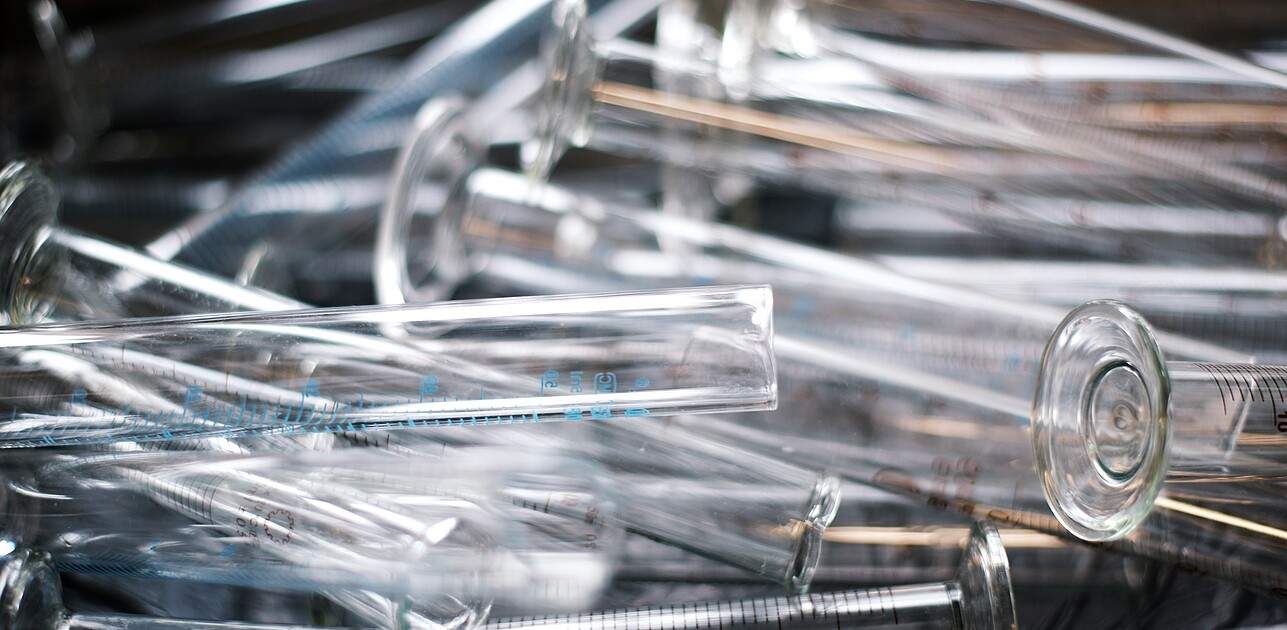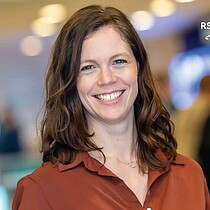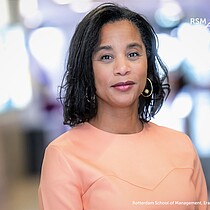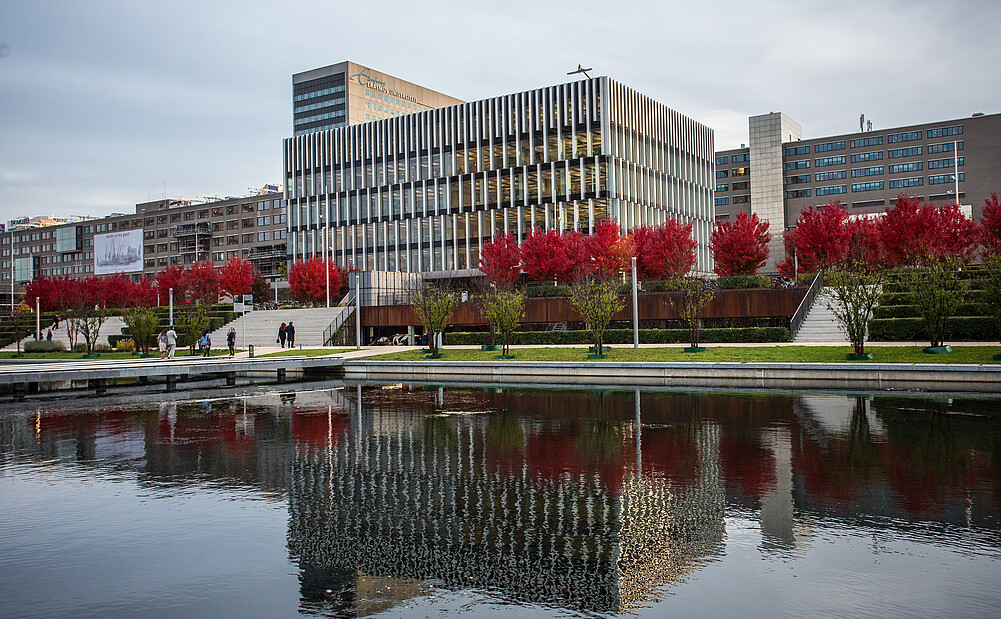

Article: Tuesday, 16 April 2024
A practical evaluation and strategy flowchart for hospitals making the swap from single-use medical devices to reusable ones has been developed in a master thesis researched and written by Mels Arnoldy, a recent graduate of the MSc Supply Chain Management at Rotterdam School of Management, Erasmus University (RSM). Mels now works for FrieslandCampina as a Corporate Trainee in Supply Chain & Operations. His thesis, Material logistics infrastructure in a circular hospital, has won one of four Professor Jo van Nunen Awards for 2023.
Mels’ thesis involved designing the logistics infrastructure for materials used in hospital that have replaced single-use medical devices with reusable ones that can be reprocessed, repaired, and recycled. What he developed was a solution flowchart, an important practical tool that hospitals can use to increase the circularity of the medical devices they use. “It also provides some practical implications for external stakeholders,” said Mels. “Businesses can identify new business opportunities, healthcare insurers and banks can allocate their innovation budgets accordingly, and governments and policymakers can adapt laws and regulations accordingly.”
MSc Logistics Management graduate 2023 and
Jo van Nunen Award Winner 2023

Over the past 30 years, hospitals have become more reliant on single use medical devices with linear value chains that start with manufacture and end with disposal. Many of these medical devices are made of complicated combinations of materials that make it difficult to deal with the waste they produce, so they contribute to environmental pollution. Ultimately, they negatively affect global health, “which is a big paradox as this is what the healthcare sector should protect,” commented Mels. And in addition to this paradox, linear value supply chains are expensive and vulnerable to disruptions – which can be disastrous for hospitals.
Mels’ technique was to create clearly defined steps that identify the costs, benefits and procedure for swapping from single-use to reusable medical devices.
First, he defined the problem by creating a typology or classification that showed what changes would be required to the logistics when moving from single-use versions to reusable versions of each kind of medical device. “There are over 500,000 medical devices on the EU market, so to begin, I did a structured analysis of all the medical devices that already had studies comparing single use versions and reusable versions for two things: for life cycle analysis and for life cycle costing. I found 44 medical devices that already had these studies, and these supported the creation of my typology.”
In the next phase of analysis and diagnosis, Mels used his typology to investigate the material logistics infrastructure of Erasmus Medical Center and Leiden University Medical Center in the Netherlands. He identified some of their problems and at this point could already provide some solutions. “I had consultations with 24 respondents, starting with the logistics managers of both hospitals.” He gathered data from these consultations, and also from both his own observations and from archive documentation.
And then came the process of designing alternative solutions to the problems that had been identified. He had six consultations with businesses that could offer solutions, and with experts who had experience with some of the proposed solutions.
He prepared six tables containing the medical devices that had studies for life cycle analysis and life cycle costing, one for each type of reprocessing. “They provide comprehensive and structured evidence showing that reusable medical devices have a lower environmental impact and lower costs than single use medical devices.” His overview identified 70 problems at either one or both hospitals, and the flowchart presented solutions to almost all of them.
It showed the order of steps towards a solution, and the number of problems solved by each step. For example, Mels found that when 11 types of single use medical devices are swapped for reusable versions, changes are required to 6 elements in the material logistics infrastructure.
In his thesis, Mels was able to give four main deliverables.
Tracking and tracing will indicate which medical devices should be swapped for reusable versions
Studies for life cycle analysis and life cycle costing are powerful methods; more of these studies are needed
Monetising a devices’ environmental and social impact can help to show which options are more sustainable
Changing to reusable medical devices will need investment, but these can be recouped in two ways – from expenditure, and through costs associated with their lower environmental impact.
“I was able to conclude that tracking and tracing is the most important element in the material logistics infrastructure, and it’s the one that hospitals should start with: they need to identify the current locations of their unique medical devices. They could do this using perhaps more frequent barcode scanning, or RFID-technology, or low energy Bluetooth. Tracking and tracing would directly solve most of the problems. It would also allow automation of parts of the material logistics infrastructure. This is a way that hospitals can decide which medical devices should be changed for reusable versions.”
Mels’ research isn’t only useful for hospitals wanting to reduce the use of single-use equipment. His solution flowchart means hospitals can actually increase circularity, but it also means that external stakeholders – like businesses, healthcare insurers and banks – can identify new business opportunities and can allocate their innovation budgets accordingly. For governments and policymakers, it means that laws and regulations can be adapted.
Mels has sent his finished thesis to Erasmus Medical Center and Leiden University Medical Center; both hospitals say they would use it.

Science Communication and Media Officer

Corporate Communications & PR Manager
Rotterdam School of Management, Erasmus University (RSM) is one of Europe’s top-ranked business schools. RSM provides ground-breaking research and education furthering excellence in all aspects of management and is based in the international port city of Rotterdam – a vital nexus of business, logistics and trade. RSM’s primary focus is on developing business leaders with international careers who can become a force for positive change by carrying their innovative mindset into a sustainable future. Our first-class range of bachelor, master, MBA, PhD and executive programmes encourage them to become to become critical, creative, caring and collaborative thinkers and doers.
